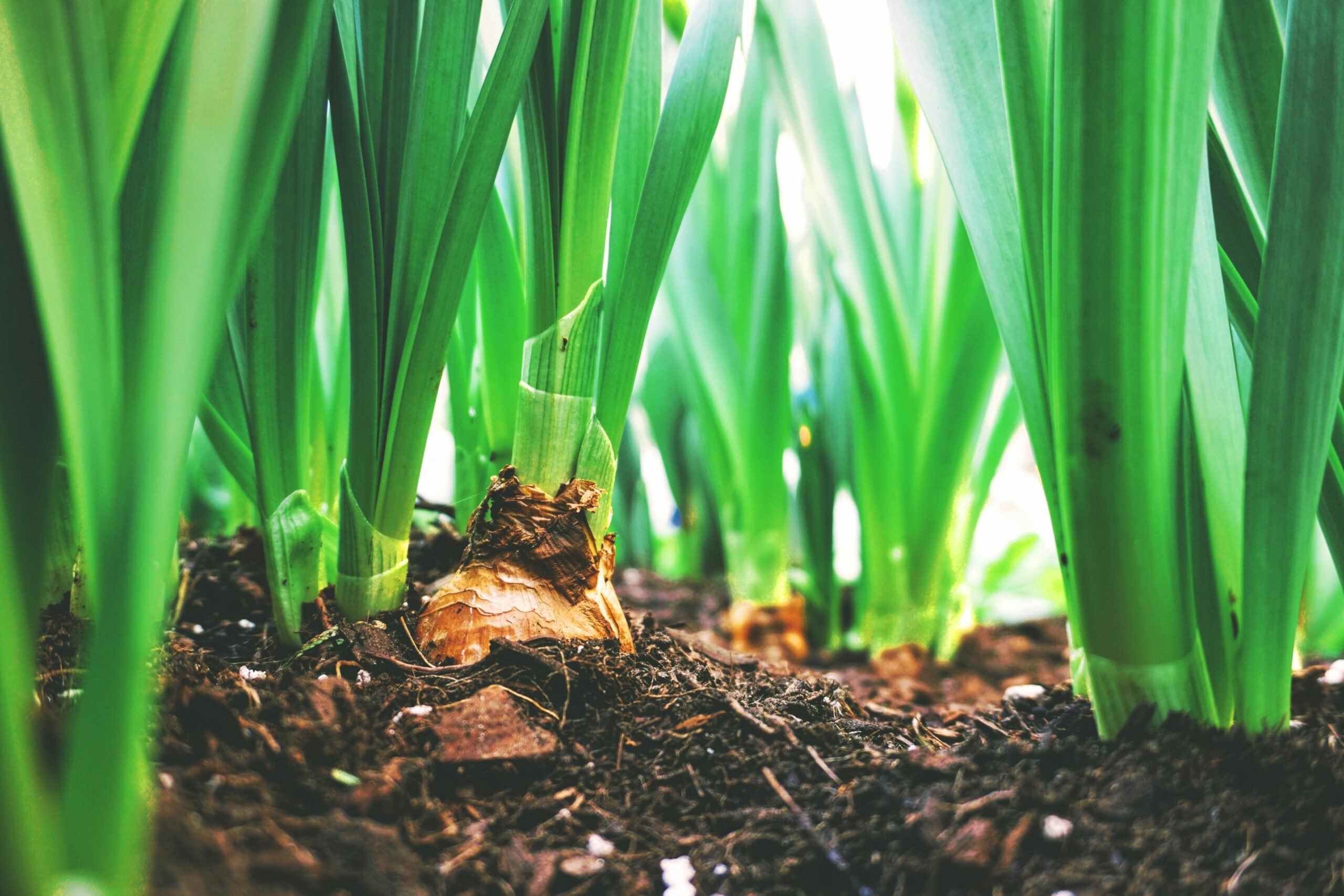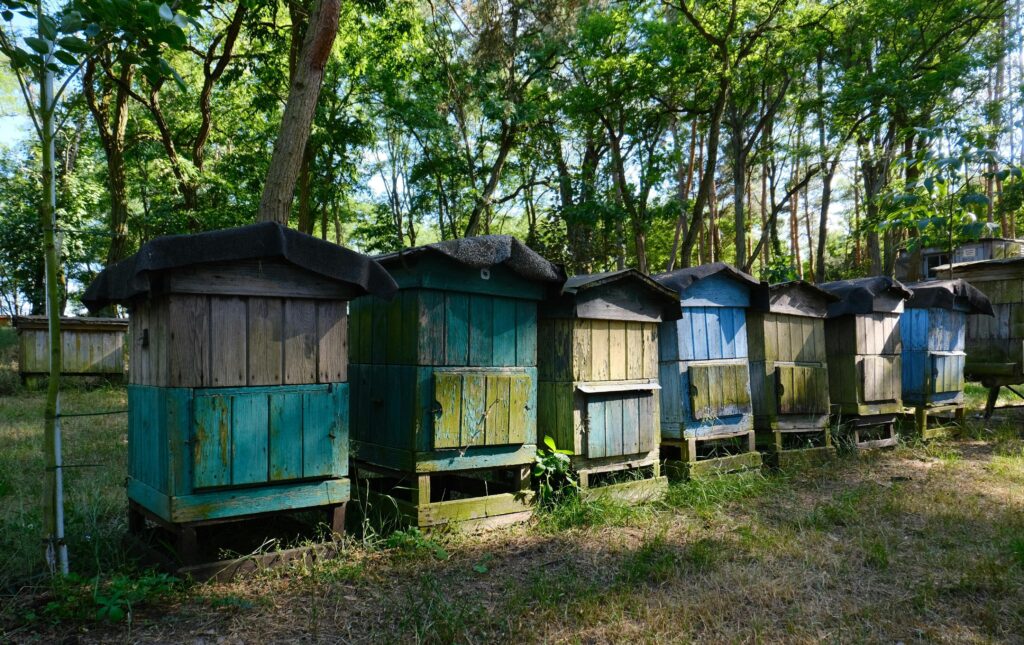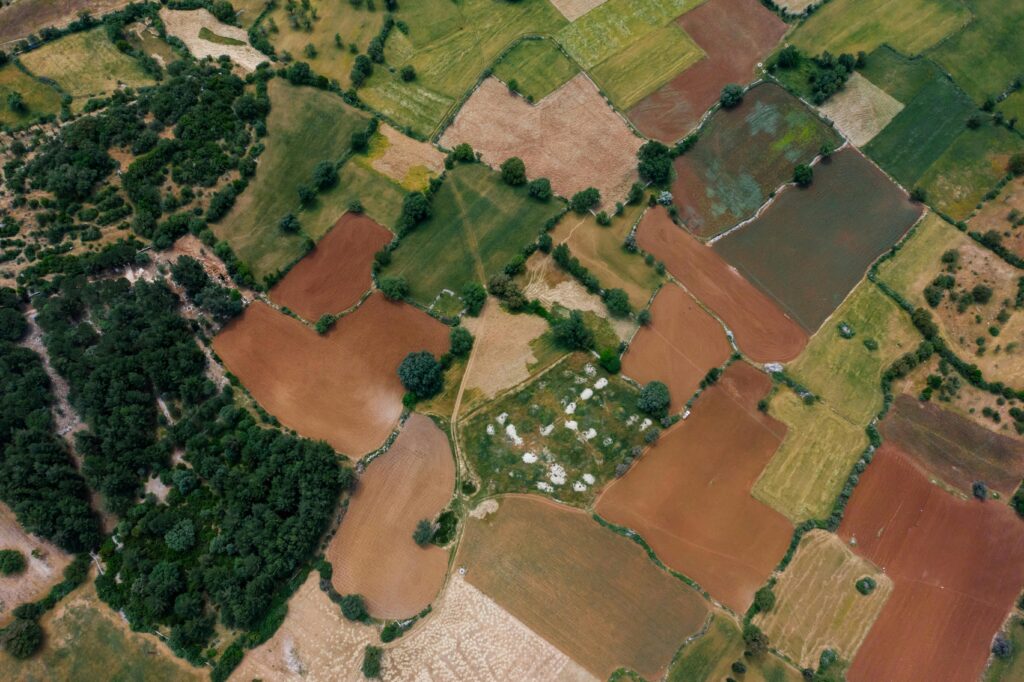“Ever wonder why your organic skincare products feel like magic? Spoiler: It all starts with healthy soil.”
If you’re deep into the world of organic beauty, you’ve probably heard whispers about how what’s beneath our feet impacts what’s on our faces. But let’s get real—soil health preservation isn’t just some crunchy-granola buzzword; it’s the backbone of sustainable beauty practices. In this post, we’ll dig into why soil health matters for organic vegetables (and by extension, your favorite natural skincare products). You’ll learn:
- The shocking connection between skincare and dirt.
- How to support soil-friendly farming practices as a consumer.
- A rant about greenwashing in “organic” beauty labels.
- And much more!
Table of Contents
- Why Soil Matters for Your Skin (Yes, Really)
- 4 Steps to Support Soil Health Preservation
- Best Practices for Choosing Truly Organic Products
- Real-Life Examples: Brands Doing It Right
- FAQs About Soil Health and Organic Beauty
Key Takeaways
- Healthy soil = nutrient-rich plants = better ingredients for skincare.
- You can influence soil health preservation through mindful purchasing decisions.
- Beware of brands using vague terms like “natural”—not all are created equal.
Why Does Soil Health Preservation Matter for Your Skin?
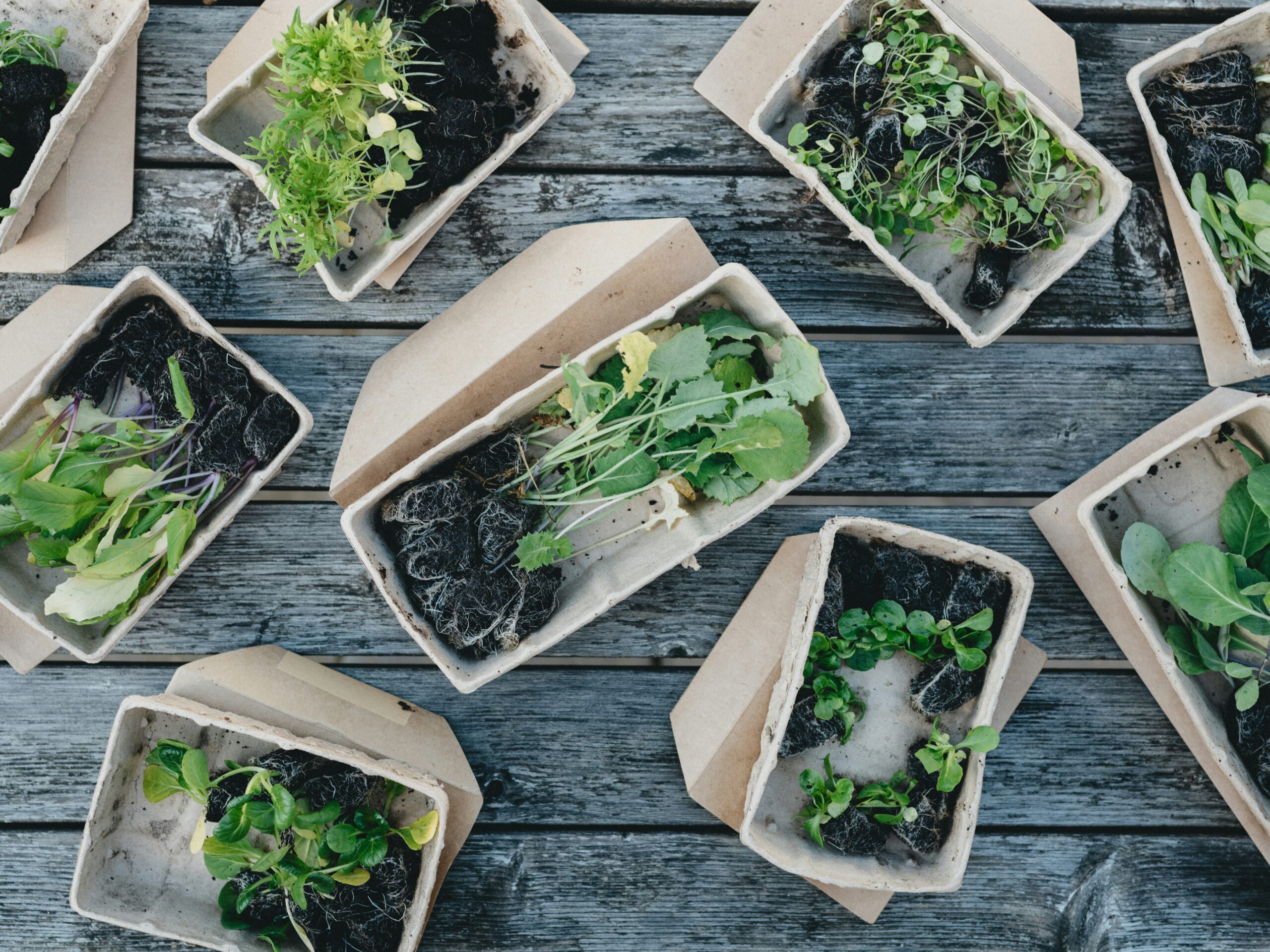
Optimist You: *“But how does dirt affect my face cream?”*
Grumpy Me: *“Because if the soil is trash, so are the cucumbers they’re slapping in your serum.”*
Here’s the deal: The vitamins, minerals, and antioxidants found in organic vegetables—think carrots, spinach, and kale—are the same ones that make their way into your beloved serums and masks. But if those veggies aren’t grown in nutrient-dense soil? Well, good luck expecting glowing results.
I once bought an expensive “organic” mask only to discover later its star ingredient came from monoculture farms guilty of depleting the earth faster than my willpower during a Netflix binge. Big mistake.
Soil Science Breakdown
Soil contains billions of microorganisms that help break down nutrients essential for plant growth. When soils degrade due to overfarming or chemical use, these micro-benefits disappear—and guess who pays the price? Your skin.
4 Steps to Actively Support Soil Health Preservation
Step 1: Research Your Favorite Brands
Don’t just trust fancy words like “clean” or “green.” Dive deep into supply chains. Brands serious about sustainability often share partnerships with regenerative farms.
Step 2: Shop Local Farmers Markets
Sourcing locally reduces carbon footprints AND gives back to farmers actively working to preserve soil ecosystems. Bonus: You might even snag fresh aloe vera for DIY spa nights.
Step 3: Advocate Against Greenwashing
Call out misleading claims when you see them online (politely, please). Share articles spotlighting true leaders in eco-conscious manufacturing.
Step 4: Compost at Home
Throw food scraps into a compost bin instead of trashing them. This simple act restores nutrients to the ground, completing the circle of life—or at least your local garden plot.
Best Practices for Picking Truly Organic Products
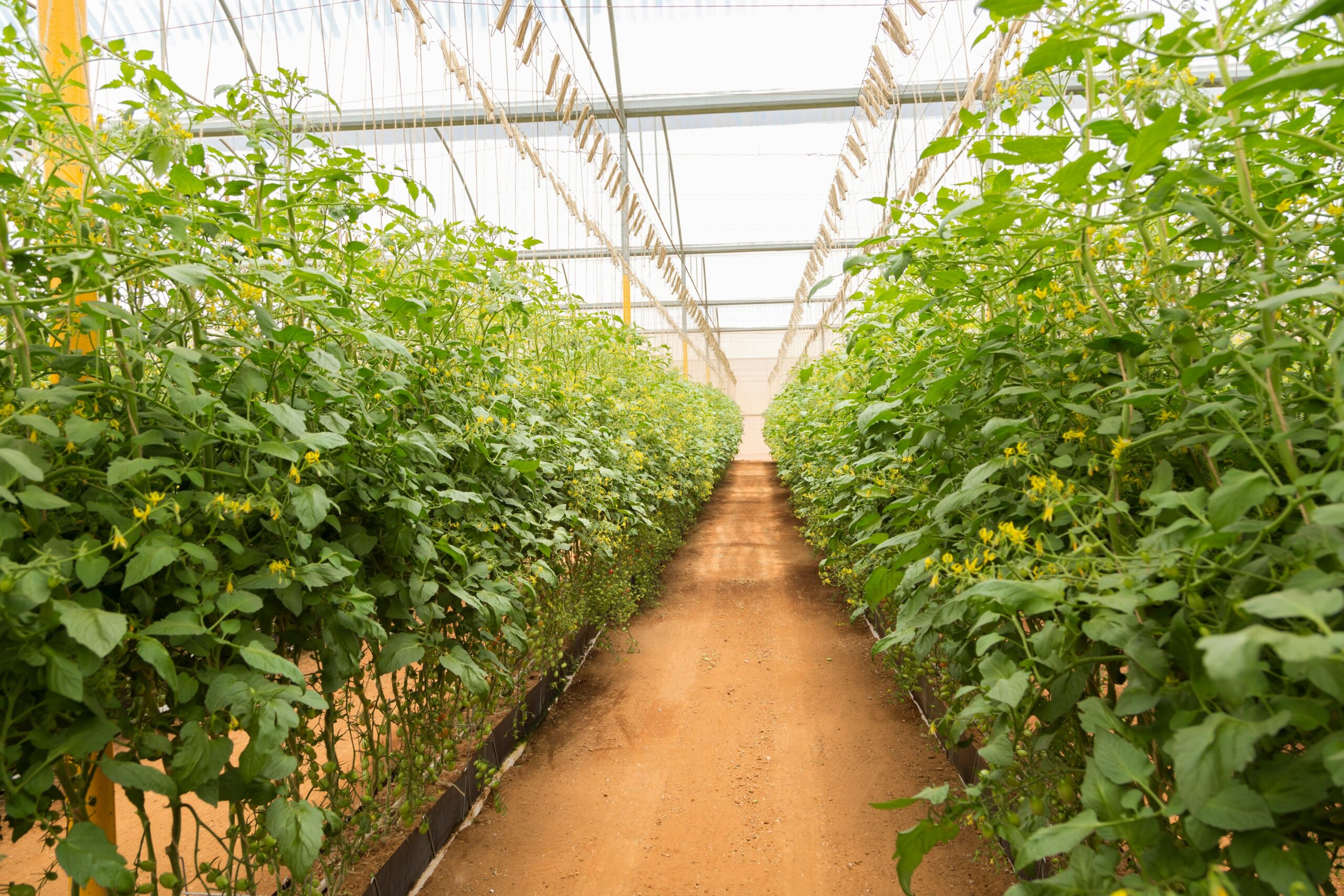
Tip #1: Look for Certifications
Labels like USDA Organic or COSMOS ensure rigorous testing beyond basic marketing tactics.
Tip #2: Check Ingredient Lists
Avoid long chemicals ending in “-ate” or “-yl.” Stick to recognizable names like “aloe barbadensis leaf juice.”
Terrible Tip Alert!
Do NOT fall for packaging tricks. Just because something looks rustic doesn’t mean it’s genuinely organic. That cedar box housing your moisturizer? Likely just clever design.
Tip #3: Read Reviews Critically
Focus on feedback related to product performance rather than aesthetics alone.
Brands Leading the Soil-to-Skin Movement
Example 1: Tata Harper
This Vermont-based brand grows its own botanicals without synthetic pesticides—a win-win for your pores and the planet.
Example 2: Herbivore Botanicals
Known for crystal-clear ingredient sourcing, their products prove transparency still exists in beauty.
FAQs About Soil Health and Organic Beauty
Q: Can poor soil really impact my skincare routine?
Absolutely. Plants absorb fewer nutrients from depleted soil, meaning lower-quality extracts for your creams and lotions.
Q: How do I know if a product supports soil health preservation?
Look for certifications, specific sourcing details, and partnerships with regenerative agriculture initiatives.
Q: Isn’t buying organic enough?
Not always. Some certified-organic products rely on unsustainable farming practices elsewhere in the chain.
Conclusion: Love Your Skin By Loving the Planet
We’ve covered a ton today—from soil science basics to actionable steps you can take tomorrow morning. Remember, every dollar spent aligns with broader environmental values. So choose wisely, advocate loudly, and maybe start composting while binge-watching Bridgerton. 😏
And here’s your quirky closer:
Dirt is cool, say no to chemicals, Organic vibes fuel celestial rhythms. Plant the seed—watch the glow!
Totally meta moment: If sustainability had hashtags, #SaveTheDirt would definitely trend.
